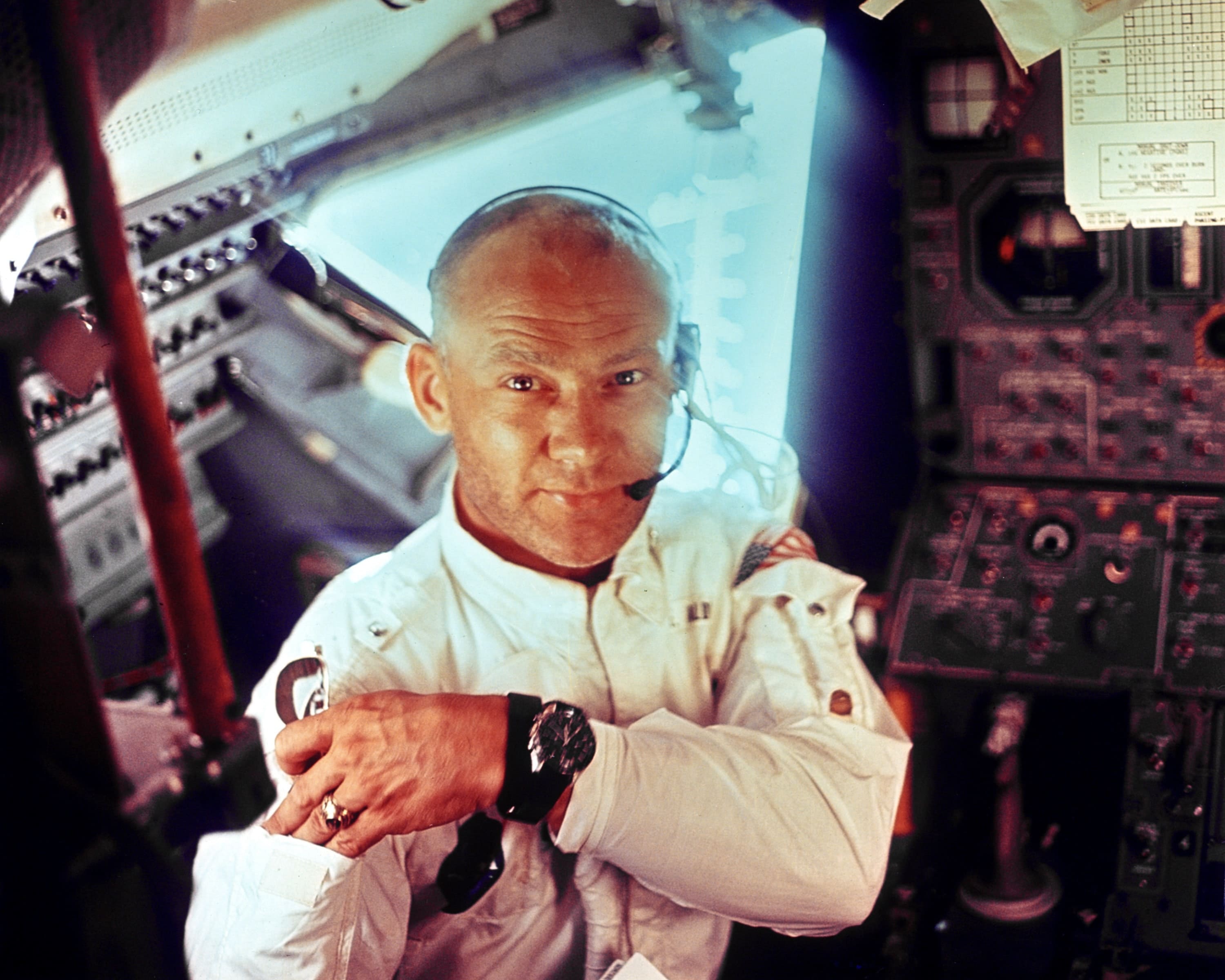
Do Astronauts Wear Watches?
If there was no sun or moon, how would you measure time? What if you didn’t have gravity either? Would that change anything? Would the watch on your wrist work in space as it does on Earth? Would you need a watch winder out there? These are all questions scientists have to consider before sending astronauts to space.
There are many variables when thinking about time in outer space, one of which we don’t expect is gravity! The watches we use down here on earth rely on the atmosphere to function. To dig deeper, a watch on Earth is regulated by gravity changing electrons inside the quartz crystal at a constant rate. Without this, your watch won’t working properly. Gravity affects the time display, too. The friction between the hour and minute hands gives it the accuracy that is lost without gravity. Then there is the effect called the beat. During acceleration or deceleration, time could be lost - though this doesn’t affect us so strongly on Earth. Out in space, on the other hand, it's amplified and over an hour could be lost as a result.
For all of these reasons, not every watch can work in space as it does on Earth and an atomic clock is used instead. They are the most accurate timekeeper, although they require a lot of power to function. This is a big issue, leading NASA to create or find a watch that doesn’t need as much power and is able to keep time well. This led them to Speedmaster watches by Omega.

The Speedmaster was the first watch to go to space, heading to the moon 50 years ago. It joined astronaut Walter Schirra to space on the ‘Sigma 7’ mission in 1962. This wasn’t the Speedmaster’s last time going to space either; it was officially certified by NASA for all manned-missions, launching it into history.
As it gets modernised throughout the years, it has started being named Moonwatch and has expanded its range of colors and finishes. They vary in prices and looks fitting for everyday use, special events and display watches.

